Cowslips (Primula veris) are much-loved, butter-flowered plants found on downland & in old meadows. We admire them year in year out, but did you know you can use your local cowslip population to measure the health of the grassland?  https://abs.twimg.com/emoji/v2/... draggable="false" alt="🤓" title="Nerd-Gesicht" aria-label="Emoji: Nerd-Gesicht">
https://abs.twimg.com/emoji/v2/... draggable="false" alt="🤓" title="Nerd-Gesicht" aria-label="Emoji: Nerd-Gesicht">
Here’s how...
(1/5)
Here’s how...
(1/5)
(2/5) Like closely related primroses (P. vulgaris), a cowslip will have one of two flower types: L-morphs have their pin-headed stigmas on display (L), while S-morphs make their pollen-covered anthers visible (R), like the jaws of a lamprey
(3/5) In healthy grasslands, there are roughly equal numbers of both flower types, but disturbance to the environment disrupts this natural balance, resulting in more of one type than the other. Knowing the ratio of S:L morphs can act as a proxy for the health of the grassland.
(4/5) @Love_plants are running a cowslip survey to measure the health of our grasslands. If you want to assess your local cowslip population, then follow the link for all the easy details: https://www.plantlife.org.uk/uk/discover-wild-plants-nature/cowslip-survey">https://www.plantlife.org.uk/uk/discov...
(5/5) You’d be contributing to citizen science AND hanging out with these wonderful buttery flowers at the same time, what’s not to like?!  https://abs.twimg.com/emoji/v2/... draggable="false" alt="🙌" title="Erhobene Hände" aria-label="Emoji: Erhobene Hände"> plus it’s obviously a cool thing to tell your mates about while out on a walk
https://abs.twimg.com/emoji/v2/... draggable="false" alt="🙌" title="Erhobene Hände" aria-label="Emoji: Erhobene Hände"> plus it’s obviously a cool thing to tell your mates about while out on a walk  https://abs.twimg.com/emoji/v2/... draggable="false" alt="👍" title="Daumen hoch" aria-label="Emoji: Daumen hoch">
https://abs.twimg.com/emoji/v2/... draggable="false" alt="👍" title="Daumen hoch" aria-label="Emoji: Daumen hoch">

 Read on Twitter
Read on Twitter Here’s how...(1/5)" title="Cowslips (Primula veris) are much-loved, butter-flowered plants found on downland & in old meadows. We admire them year in year out, but did you know you can use your local cowslip population to measure the health of the grassland? https://abs.twimg.com/emoji/v2/... draggable="false" alt="🤓" title="Nerd-Gesicht" aria-label="Emoji: Nerd-Gesicht">Here’s how...(1/5)">
Here’s how...(1/5)" title="Cowslips (Primula veris) are much-loved, butter-flowered plants found on downland & in old meadows. We admire them year in year out, but did you know you can use your local cowslip population to measure the health of the grassland? https://abs.twimg.com/emoji/v2/... draggable="false" alt="🤓" title="Nerd-Gesicht" aria-label="Emoji: Nerd-Gesicht">Here’s how...(1/5)">
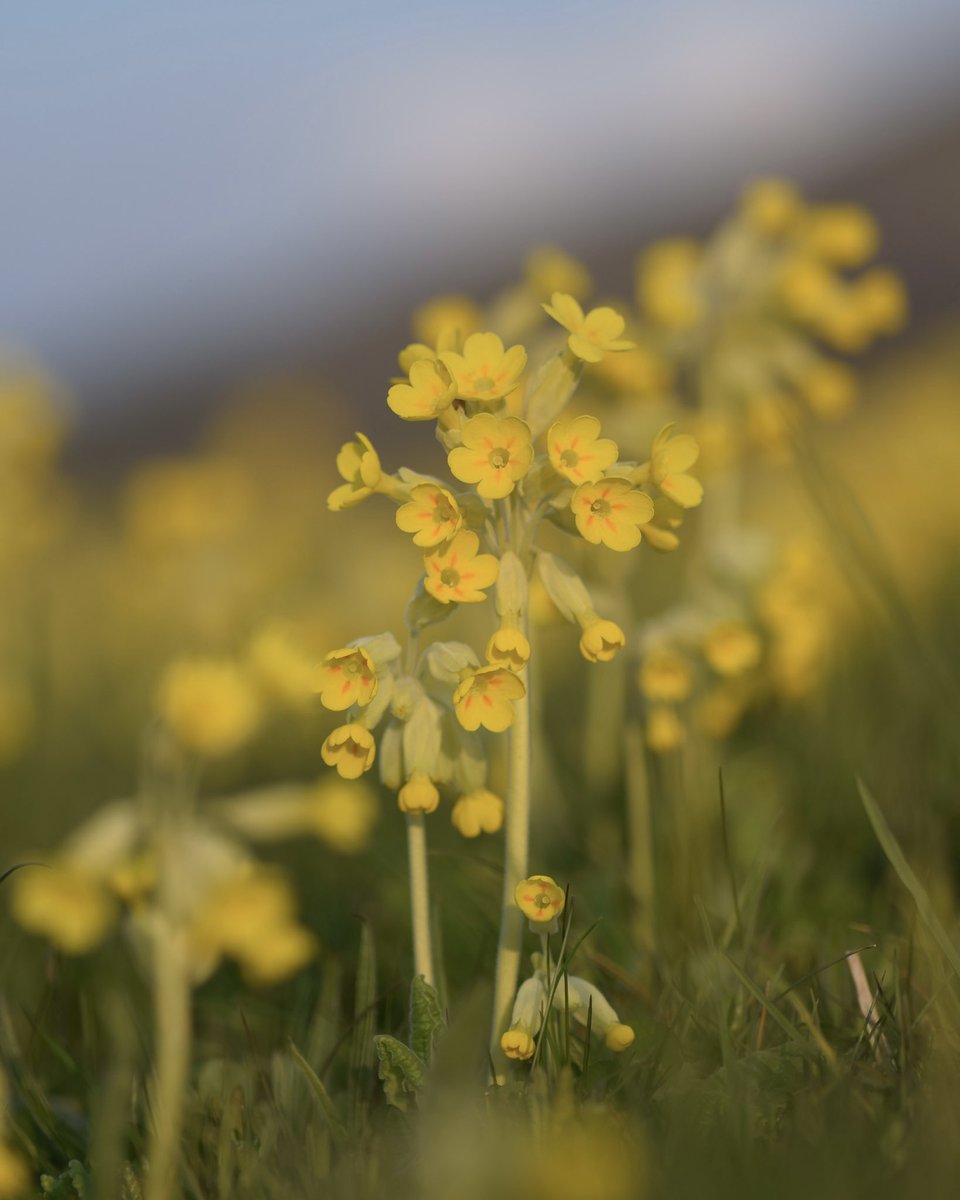 Here’s how...(1/5)" title="Cowslips (Primula veris) are much-loved, butter-flowered plants found on downland & in old meadows. We admire them year in year out, but did you know you can use your local cowslip population to measure the health of the grassland? https://abs.twimg.com/emoji/v2/... draggable="false" alt="🤓" title="Nerd-Gesicht" aria-label="Emoji: Nerd-Gesicht">Here’s how...(1/5)">
Here’s how...(1/5)" title="Cowslips (Primula veris) are much-loved, butter-flowered plants found on downland & in old meadows. We admire them year in year out, but did you know you can use your local cowslip population to measure the health of the grassland? https://abs.twimg.com/emoji/v2/... draggable="false" alt="🤓" title="Nerd-Gesicht" aria-label="Emoji: Nerd-Gesicht">Here’s how...(1/5)">
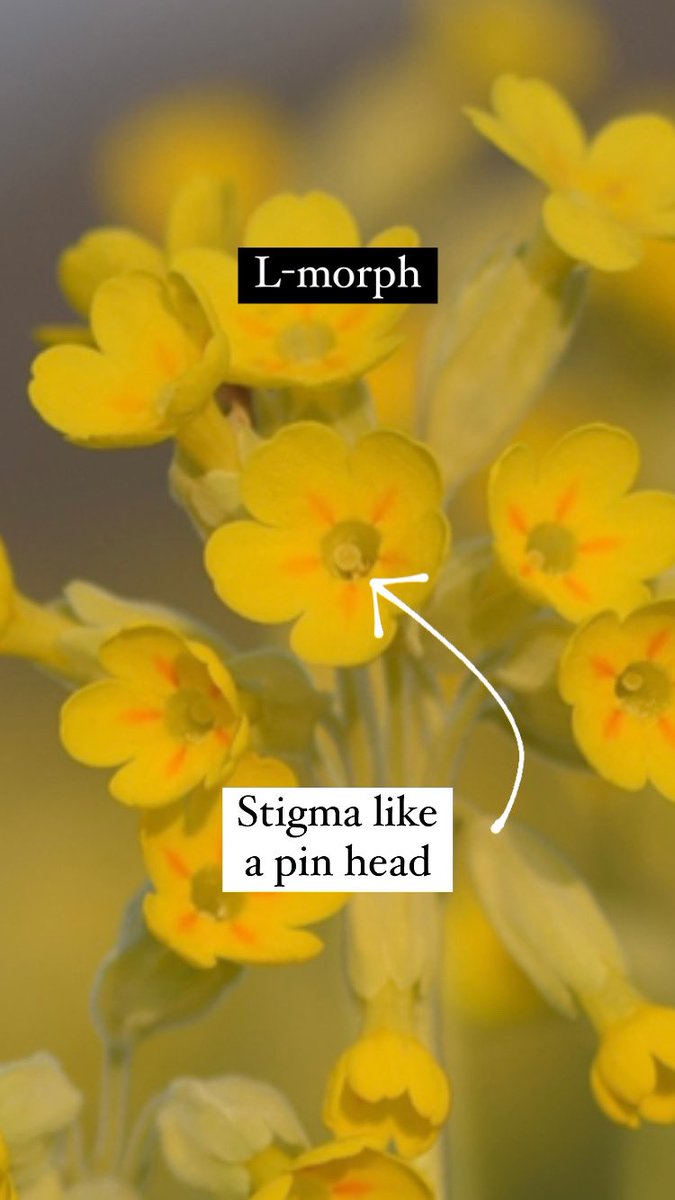
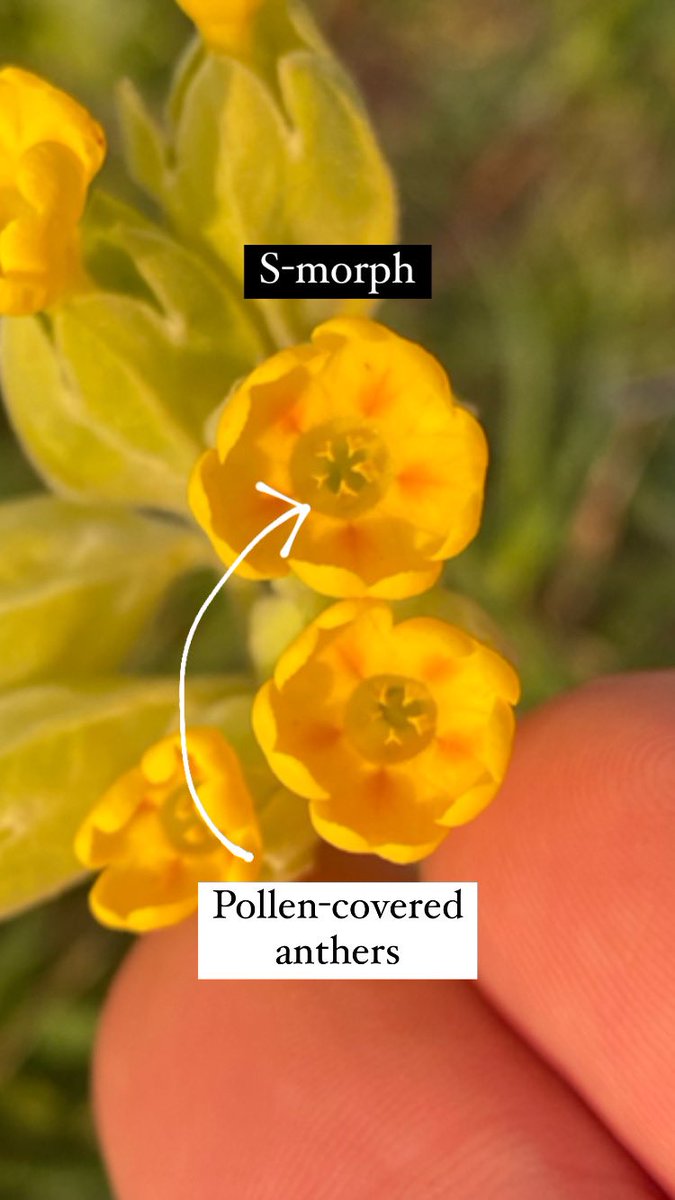
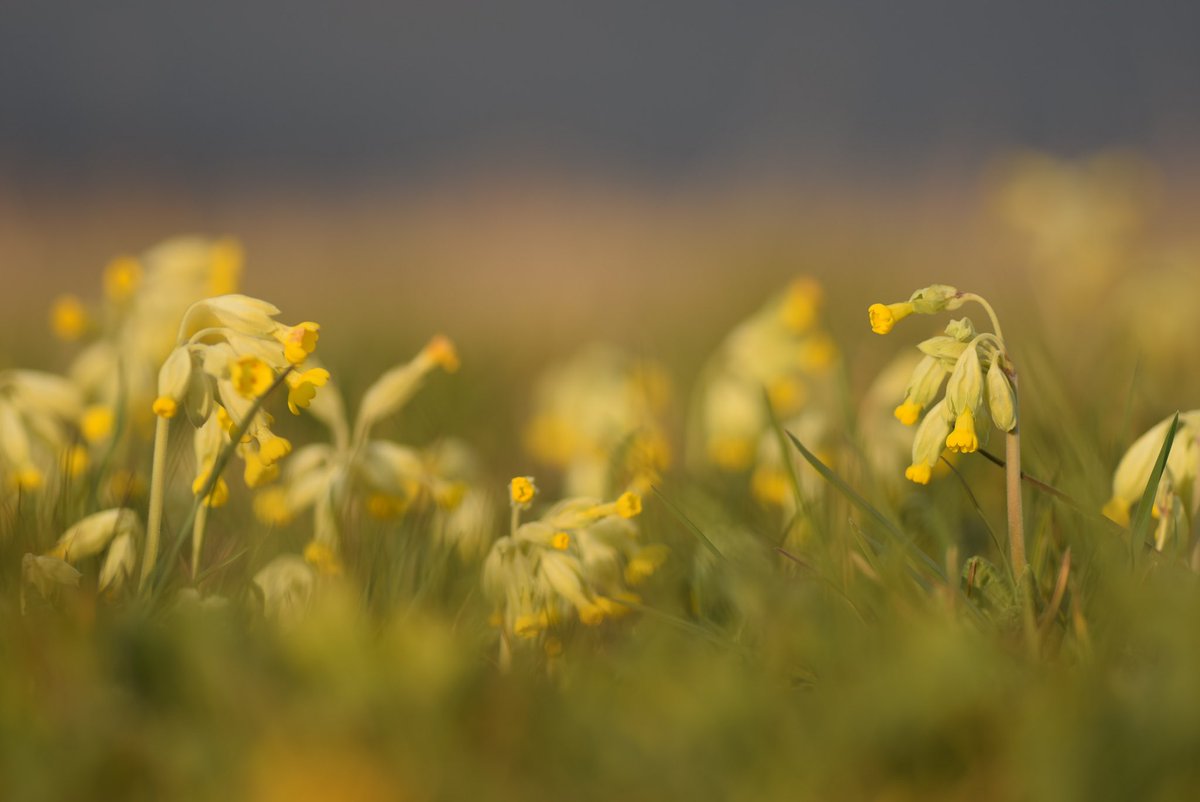

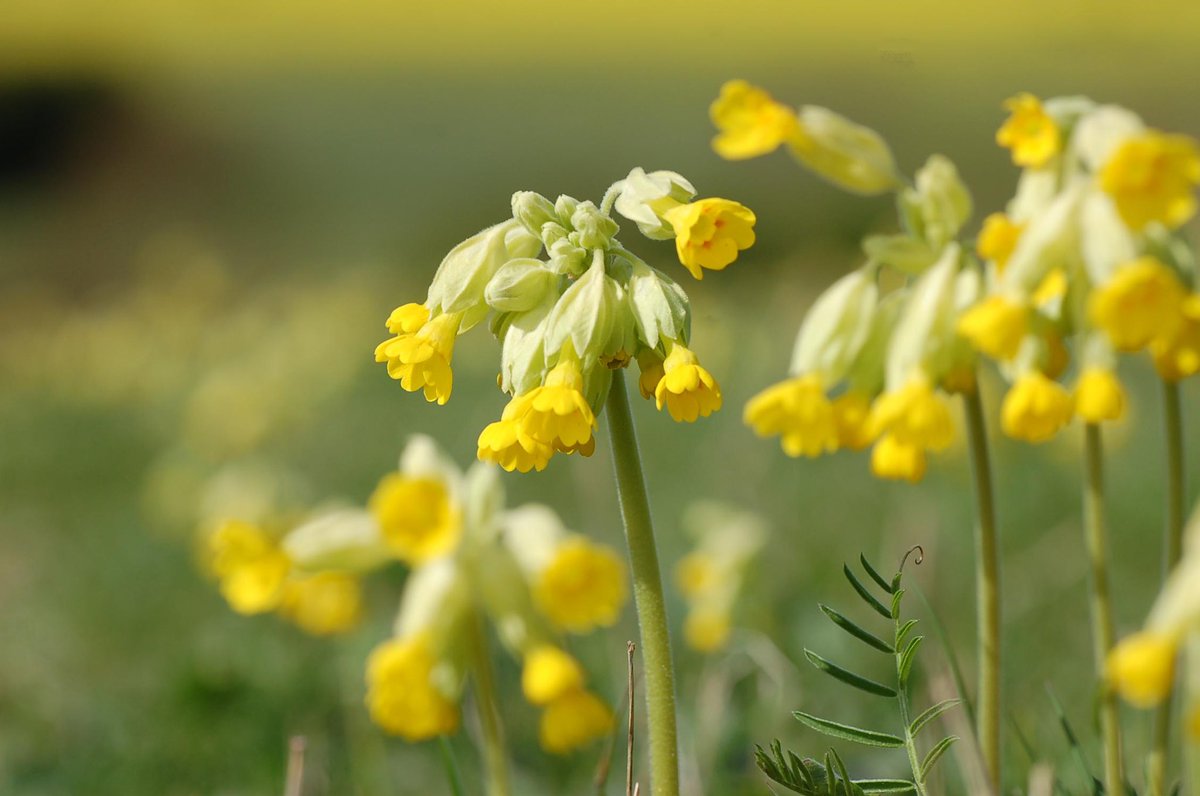 plus it’s obviously a cool thing to tell your mates about while out on a walk https://abs.twimg.com/emoji/v2/... draggable="false" alt="👍" title="Daumen hoch" aria-label="Emoji: Daumen hoch">" title="(5/5) You’d be contributing to citizen science AND hanging out with these wonderful buttery flowers at the same time, what’s not to like?! https://abs.twimg.com/emoji/v2/... draggable="false" alt="🙌" title="Erhobene Hände" aria-label="Emoji: Erhobene Hände"> plus it’s obviously a cool thing to tell your mates about while out on a walk https://abs.twimg.com/emoji/v2/... draggable="false" alt="👍" title="Daumen hoch" aria-label="Emoji: Daumen hoch">" class="img-responsive" style="max-width:100%;"/>
plus it’s obviously a cool thing to tell your mates about while out on a walk https://abs.twimg.com/emoji/v2/... draggable="false" alt="👍" title="Daumen hoch" aria-label="Emoji: Daumen hoch">" title="(5/5) You’d be contributing to citizen science AND hanging out with these wonderful buttery flowers at the same time, what’s not to like?! https://abs.twimg.com/emoji/v2/... draggable="false" alt="🙌" title="Erhobene Hände" aria-label="Emoji: Erhobene Hände"> plus it’s obviously a cool thing to tell your mates about while out on a walk https://abs.twimg.com/emoji/v2/... draggable="false" alt="👍" title="Daumen hoch" aria-label="Emoji: Daumen hoch">" class="img-responsive" style="max-width:100%;"/>


